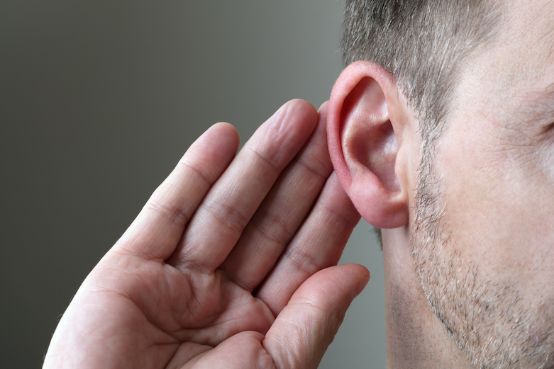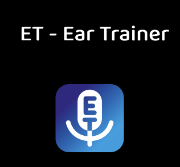An app trains our ear
Daniel Schenker's ear training app can be used to train active and passive listening. It is primarily geared towards jazz, pop and improvised music, but by no means exclusively.

If we remember our first contact with aural training as a school discipline, we usually think back to our first courses at music college, in which some of us heard absolutely nothing, but most of us heard absolutely nothing. The biggest challenge for teachers in frontal teaching was to do justice to this wide range of talents. In the ear training application developed at the Zurich University of the Arts under the direction of jazz trumpeter and IT specialist Daniel Schenker ET-Ear Trainer users can make their own individual adjustments to the respective learning level in the clear basic settings. If the "Easy" checkbox is activated, a number of parameters such as playback tempo, reference tone or response time of the tasks are changed in favor of the learner.
At the beginning of the practice sequence, one of 21 subject areas can be selected. From diatonic imitation to recognizing four-note chords and a bass note including tensions to tapping the correct scale, the individual menus offer plenty of material and challenges. Listening carefully, recognizing, imitating, analyzing and memorizing are trained and encouraged in a structured way. The scope of the app's content and the prerequisite terms make it clear that training cannot simply be done while playing, but that basic knowledge must be acquired in advance or in parallel. Only the not generally known "Resolution Game" for determining intervals is explained with examples of notes. The target audience is primarily music students at universities of applied sciences. For younger students or amateurs, the program should be supplemented with tetrachords or five-note spaces, for example. Harmonic connections (cadences) with corresponding voice leading or polyphonic listening are also completely missing.
As version 1.02 of the app (on the iPhone S) can only be operated in portrait format, errors repeatedly creep in when tapping the buttons shown. Also, the relatively slow response of the on-screen keyboard does not allow rhythmically correct playback in the memory game. The ten interactive exercises, which are controlled via the microphone, are therefore much more fun. Although the microphone flashes somewhat hesitantly, it reacts very subtly to what is played, and the voice as well as wind or string instruments and piano reliably trigger the corrective reaction of the device up to the octave determination. Caution: In test mode, the three seconds between the question and the possible answer can be misused to cheat and quickly approach the solution before it is evaluated. In the challenging mode, the scales are played very quickly, and unfortunately the tone lengths are not adapted to the tempo. As a result, two or three notes blur into a cluster, which makes listening even more difficult.
The design of the app is very simple and purposefully clear. It is not a game, but a learning application! The fact that a number of improvements such as the explanation tour (including links to YouTube clips in German or English) and the replay button have already been added after a short time gives us hope that the app will appeal to an ever wider community. It is not only highly recommended for improvising musicians, performers and composers can also benefit from the Ear Trainer gain more precision in imagination and memory.
ET - Ear Trainer, professional hearing training app
by Daniel and Elia Schenker,
Apple App Store / Google Play, Fr. 6.00,
https://eliaschenker.com/ET_App/








